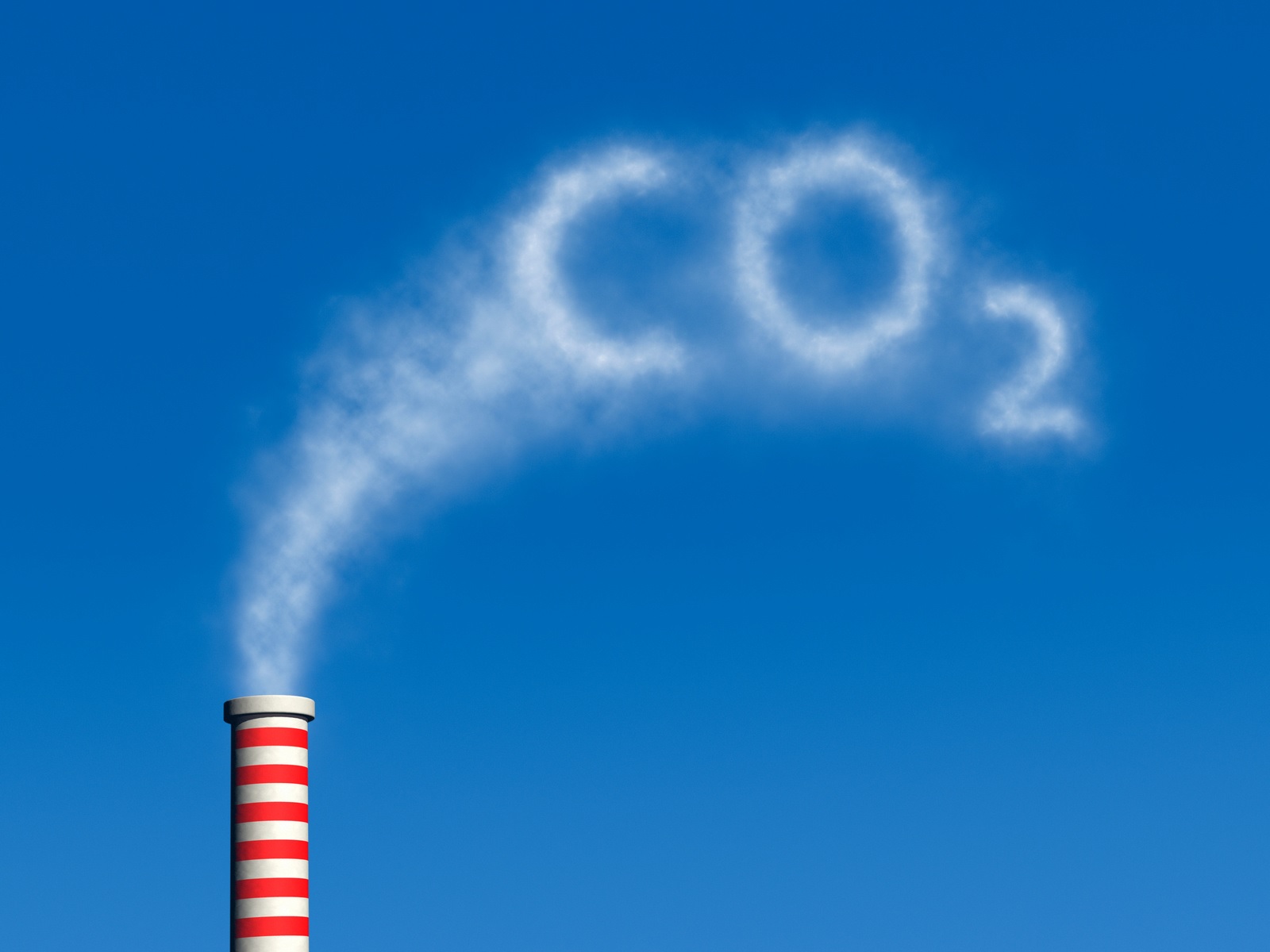The Kyoto Protocol of 1997 and the Paris Agreement of 2015 were international accords that laid out international CO2 emissions goals. With the latter ratified by all but six countries, they have given rise to national emissions targets and the regulations to back them.
With these new regulations in force, the pressure on businesses to find ways to reduce their carbon footprint is growing. Most of today’s interim solutions involve the use of the carbon markets. What the carbon markets do is turn CO2 emissions into a commodity by giving it a price. These emissions fall into one of two categories: Carbon credits or carbon offsets, and they can both be bought and sold on a carbon market. It’s a simple idea that provides a market-based solution to a thorny problem.
1. What are carbon credits and carbon offsets?
The terms are frequently used interchangeably, but carbon credits and carbon offsets operate on different mechanisms.
Carbon credits , also known as carbon allowances, work like permission slips for emissions. When a company buys a carbon credit, usually from the government, they gain permission to generate one ton of CO2 emissions. With carbon credits, carbon revenue flows vertically from companies to regulators, though companies who end up with excess credits can sell them to other companies. Offsets flow horizontally, trading carbon revenue between companies. When one company removes a unit of carbon from the atmosphere as part of their normal business activity, they can generate a carbon offset. Other companies can then purchase that carbon offset to reduce their own carbon footprint.
2. What are carbon footprints?
A carbon footprint is the total amount of carbon dioxide and other GHGs the activities of a person or organization generates. It includes both direct and indirect emissions.
A direct emission originates from a source the reporting entity owns. An example is carbon dioxide produced from fossil fuel combustion inside a delivery vehicle a company owns.
Indirect emissions result from the reporting entity's activities but originate from sources the reporting entity does not own. These are also referred to as upstream or downstream activities.
3. What is the carbon marketplace?
When it comes to the sale of carbon credits within the carbon marketplace, there are two significant, separate markets to choose from.
- One is a regulated market, set by “capand- trade” regulations at the regional and state levels.
- The other is a voluntary market where businesses and individuals buy credits (of their own accord) to offset their carbon emissions.
4. How to produce carbon credits
Many different types of businesses can create and sell carbon credits by reducing, capturing, and storing emissions through different processes.
Some of the most popular types of carbon offsetting projects include:
- Renewable energy projects
- Improving energy efficiency
- Carbon and methane capture and sequestration
- Land use and reforestation.
5. Corporate Social Responsibility (CSR)
Consumers are increasingly aware of the importance of carbon emissions. Consequently, they’re increasingly critical of companies that don’t take climate change seriously. By contributing to carbon offset projects, companies signal to consumers and investors that they’re paying more than just lip service to combat climate change. For many companies, the CSR benefit can often outweigh the actual cost of the offset.
6. Steps to offset carbon emissions
1- Calculate and measure emissions. There are specific protocols to help companies do this. For instance, the GHG Protocol is an internationally recognized accounting standard that helps organizations measure and manage GHG emissions. The protocol divides emissions into three areas or scopes:
- Scope 1 is direct emissions from sources an organization owns or controls.
- Scope 2 is indirect emissions from electricity, steam, heating and cooling resources an organization buys.
- Scope 3 is other indirect emissions that come from an organization's value chain.
2- Reduce emissions where possible. Once an organization measures its emissions and identifies the sources, it can develop a sustainability strategy. Guidelines for reducing emissions are detailed in the Science Based Target initiative (SBTi), which aligns with the goals of the Paris Agreement. The SBTi advises companies to use 80% renewable electricity by 2025. Carbon reductions can also be achieved in smaller ways through individual action, like changing to a more sustainable diet or switching to greener transportation, such as electric vehicles and trains with hybrid locomotives.
3- Offset remaining emissions. Emissions that cannot be reduced outright can be offset. Reduction projects are ones where carbon dioxide is absorbed or removed. A project must be certified to issue carbon credits. Some examples of international certifications include the following:
- Climate Action Reserve
- Gold Standard
- Plan Vivo
Once certified, third-party monitoring organizations verify that a project meets criteria, such as the following:
- Net-positive emission removal. Credits must represent emission removal or reduction that would not have happened otherwise. This requires monitoring organizations to inspect and ensure a project is using verified methodologies and science in their calculations.
- Leakage-free. Creating carbon credits must not result in
emissions elsewhere. For example, if one forest is protected
as part of a project, another unprotected area cannot see an
increase in deforestation as a result. - Permanent. Credits represent emission reductions that cannot be reversed. For example, projects may seek to store carbon underground. There is a low likelihood this carbon makes its way back into the atmosphere.
Organizations should choose a certified offset project that generates credits that meet these criteria. In addition, they should choose projects that meet their own environmental and social criteria, such as supporting biodiversity.
Once purchased, organizations should be transparent with stakeholders about their offsetting strategy and the projects they are supporting. Transparency is important to avoid greenwashing accusations. Greenwashing is marketing spin used to convince people that an organization's products, goals and policies are environmentally friendly.





